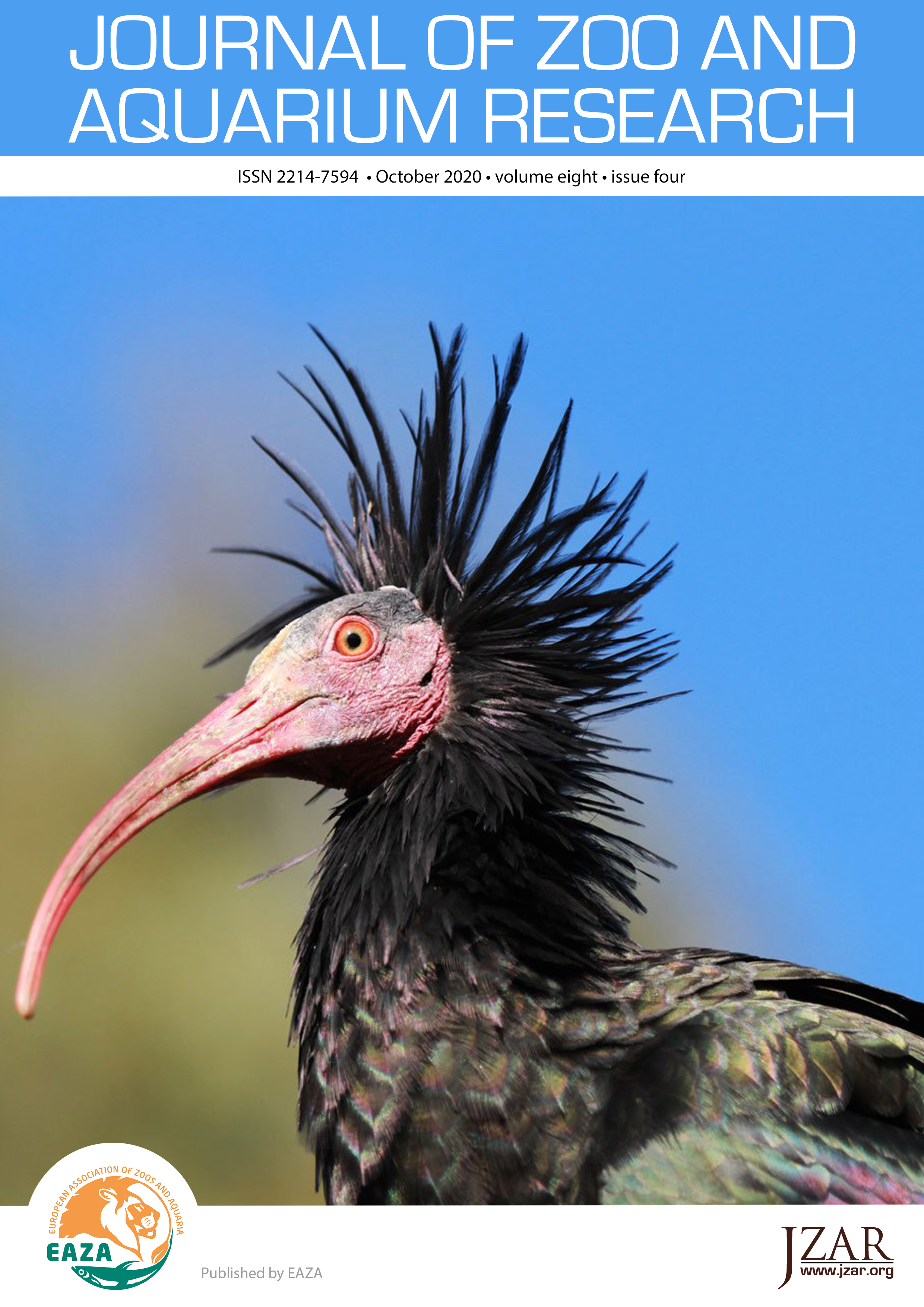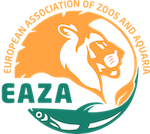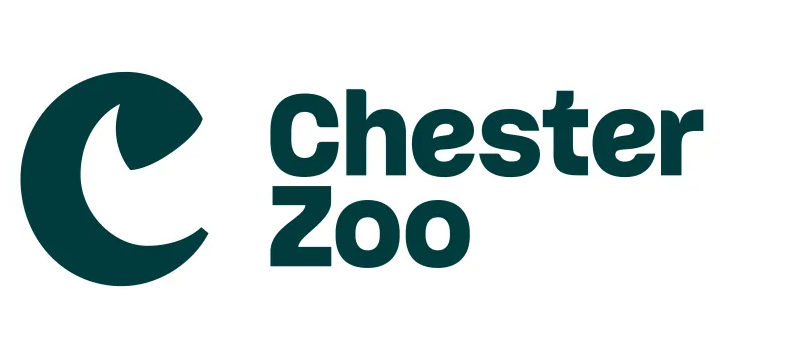The visitor effect in zoo-housed apes: the variable effect on behaviour of visitor number and noise
DOI:
https://doi.org/10.19227/jzar.v8i4.523Keywords:
apes, behaviour, visitor effect, welfareAbstract
Human visitors have the potential to impact heavily upon the welfare of zoo-housed animals, and the study of the effect has become an established research area in the modern zoo. This effect can be caused not just through the presence of visitors, but also through their behaviour. This study sought to test the hypothesis that visitor number and the associated noise level significantly affected the behaviour of three zoo-housed primate species. This was studied through behavioural observations and measurements of visitor numbers and noise levels around enclosures, as primate species are particularly sensitive to large, noisy crowds of zoo visitors. Changes in behaviour relating to visitor number and noise levels were investigated on a species and individual level. Noise levels had a significant positive relationship with visitor number, and both factors had significant positive and negative effects on stereotypic, locomotory, inactive and feeding behaviours on an individual and species level. However, levels of individuals sitting with their back to the window was unaffected by visitor number or noise. Individual and species differences were seen in reactions to the visiting public, emphasising the complex nature of the study of the visitor effect. The increase in stereotyping and clinging behaviours, and decrease in inactivity suggest a potential negative influence on the welfare of these primates. The mixed results reinforce the notion that the visitor effect is moderated and influenced by many factors, such as husbandry and personality. The current study highlights the need for off show areas for captive primates, and the importance of considering individual differences when attempting mitigation of unwanted behaviours.
Downloads
Published
How to Cite
Issue
Section
License
JZAR fulfils the DOAJ definition of open access and provides free and open access to the full text of all content without delay under a Creative Commons licence. The copyright holder of JZAR publications grants usage rights to third parties, allowing for immediate free access to the work and permitting any user to read, download, copy, distribute, print, search, or link to the full texts of articles.







